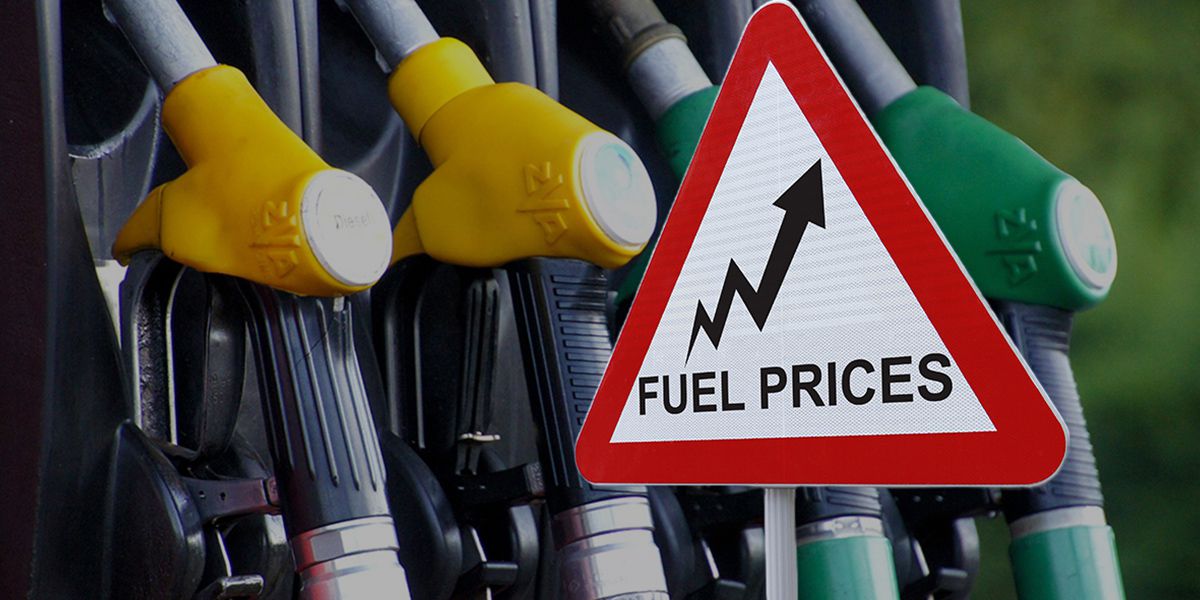.
GOVERNMENT SHOULD SPEAK LESS AND ACT WHEN IT COMES TO FUEL TAX CUTS
For years, South African politicians have talked about removing fuel taxes to lower petrol prices, but little has changed. The key question remains: if fuel levies are reduced, how will the government replace that lost revenue?
The South African public have been listening to politicians talking about removing the tax components to lower the price of petrol for many years now, but nothing has come from these not-so-bright suggestions. The only relief the public has seen was a brief reduction in the General Fuel Levy in 2022 when the Russia-Ukraine war pushed up the international oil price, which sent the Basic Fuel Price (BFP) component of our petrol price soaring.
It's all very well to speak of a petrol price of R14 per litre, however, that would require the Minister of Finance to remove the General Fuel Levy – currently at R3.85 – and the Road Accident Fund (RAF) Levy, which stands at R2.18 per litre.
The South African reality is that we have watched our petrol price fluctuate at the mercy of two main components: the international oil price (subjected to geopolitical forces) and our rand currency exchange rate, which is influenced by our country’s political conduct and economic conditions.
Then there is the issue of a further R5.16 per litre in the petrol price, made up of 10 other components that largely cover the costs of storage, transportation and margins for the retailers and wholesalers of petrol.
However, as hard as they have tried in the past, the authorities have been unable to reduce these minor levies and only managed to contain them as best they can. Fortunately, soon after Enoch Godongwana became the Minister of Finance, he realised the damaging impact of incessant increases to the General Fuel Levy and RAF Levy over the past two decades, and put a halt to these increases in 2022. Had he not done so, our petrol price would be around R1 more per litre today.
But is there a simple solution to get us out of this predicament? Read the full article and have a look at our explanatory graphic here.
